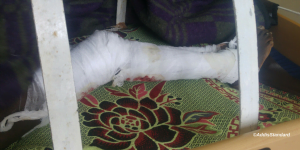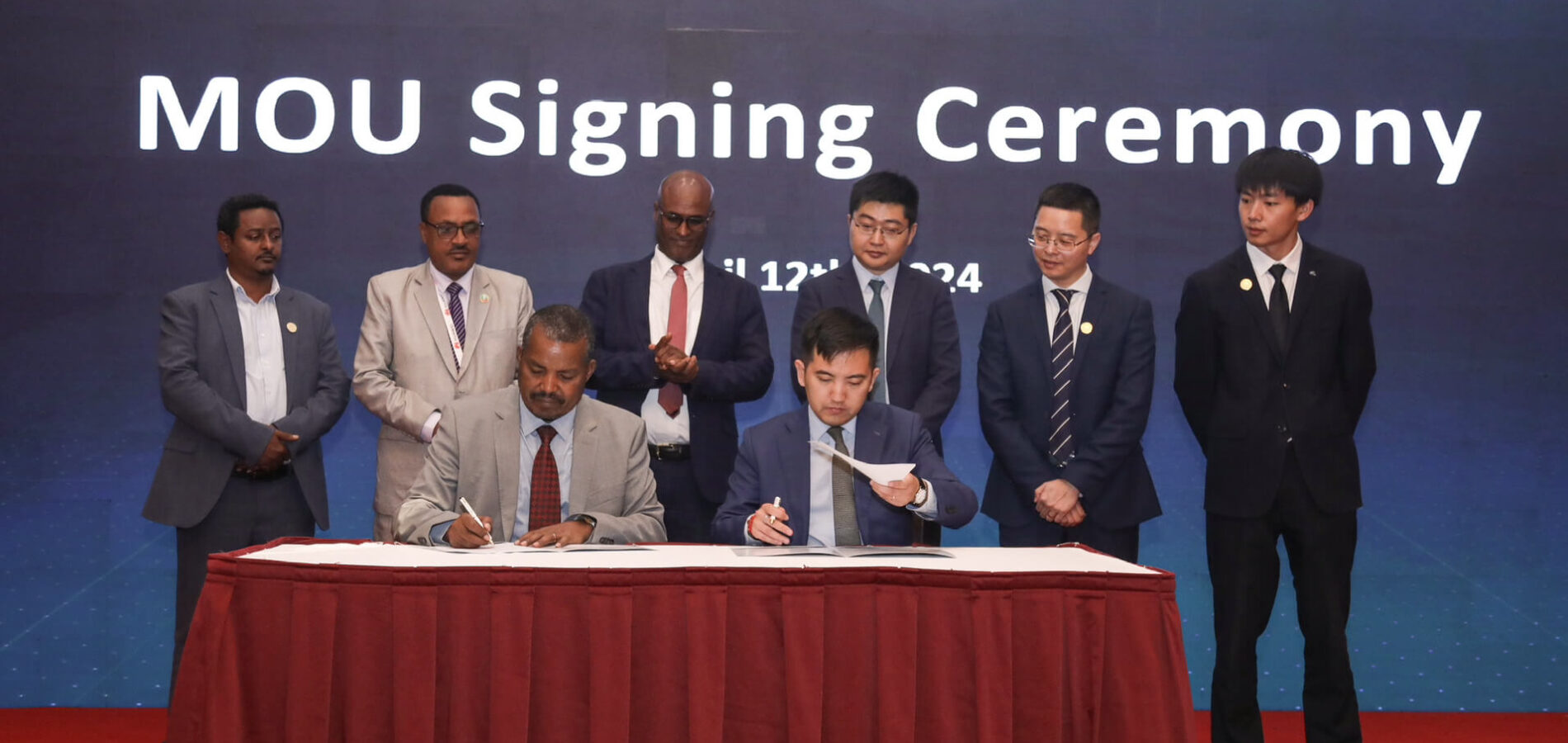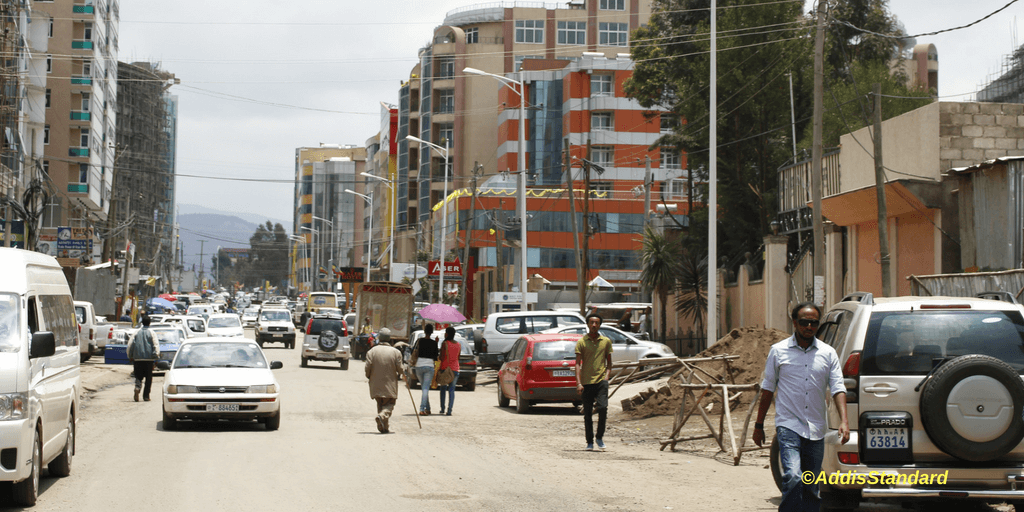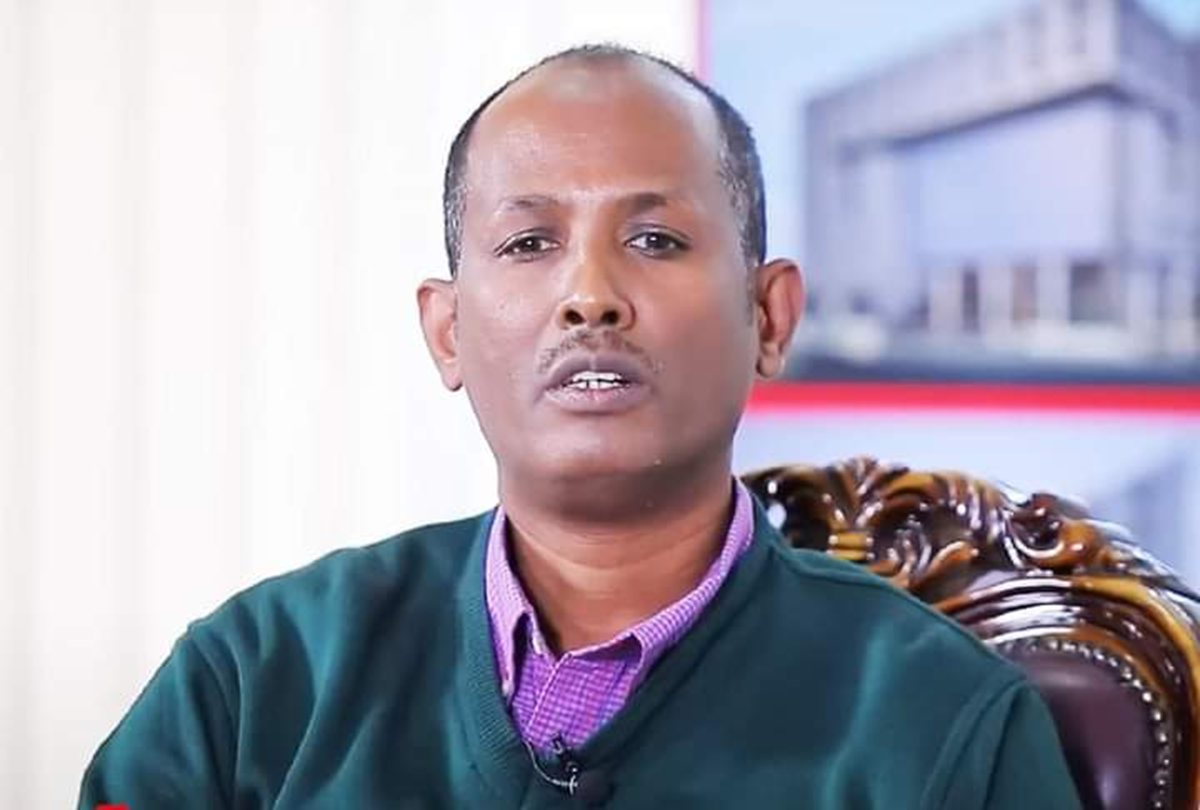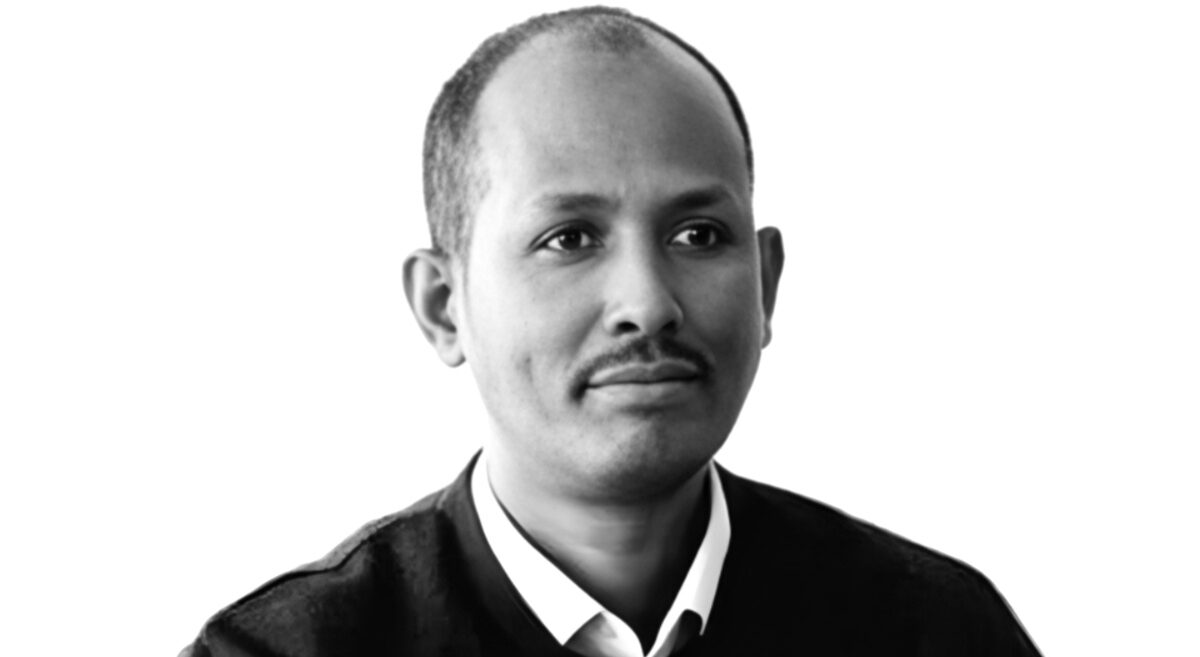News: Fire at biggest stadium construction site in Ethiopia kills seven, severely injures about a dozen; news kept secret
Families of the deceased were offered just 15,000 Birr (about US$640) as compensation while the injured have received medical treatments only
Samuel Bogale
Addis Abeba, September 5/2017 – A fire that engulfed workers’ dormitory at the construction site of Adey Abeba Stadium, the biggest stadium Ethiopia is constructing, has claimed the lives of seven people so far while almost a dozen were burned severely, the survivors told Addis Standard.
Around 20 day laborers who came from various parts of the country in search of jobs were believed to have been inside their dormitory when the fire broke out on Saturday August 08/2017. Some of them were readying to sleep and others were preparing dinner when a gas cylinder exploded at about 8:00 PM local time.
Officials from the Chinese State Engineering Corporation Ltd (CSCEC), which is constructing the stadium in the capital Addis Abeba (near the Bob Marley Square), have refused to speak about the accident to the press, an silence that led the victims to believe is a deliberate silence to protect the company’s interest and its image.
Desta Zeleke is currently receiving treatment at Menelik II Hospital
Addis Standard has confirmed the incident by visiting Desta Zeleke, one of the dozen badly injured worker who is currently receiving medical treatment at Menelik II Hospital and several other victims who were already discharged from hospitals.
Wondosen Demeke, Omer Abdela and Yalew Tsehaye, who had their legs and hands burned but had already left hospital, told Addis Standard that five of the deceased: Gutema Meshu, Shuferi Abdurahman, Aliye Mohammed, Kediro Midaso and Dita Geleto had come from Torban Hansawe Woreda in Shashemene, 250 km south of Addis Abeba; while two of them: Berihun Belay and Mengistu Dibash, came from Wolo, 508 km north east of Addis Abeba. Their bodies have all been sent to their families.
Wondosen Demeke, Omer Abdela &Yalew Tsehaye are discharged fromthe clinic and they want to go back to their birth places
Alemnew, another laborer who wanted to be identified by his first name only, also confirmed the accident and said it was caused by an explosion from a gas cylinder. He survived unscathed because he “was outside the dormitory” he told Addis Standard. Another victim who was badly injured by the fire is Getachew who left the city and “went to his family,” according to Alemnew. No one knew Getachew’s current location.
Chen, who is the site manager of CSCEC, but only wanted to give his first name, admitted to Addis Standard that the accident has indeed happened but refused to show the place or give more details of the accident. When asked if he was willing to show Addis Standard the scene of the accident, he said it was already “demolished and not safe [to visit].”
The victims were first taken to Haya Hulet health center, a government clinic, but later on they were transferred to various government hospitals. There was also a time lapse, as there were not enough ambulances to take the victims to hospitals.
“It was beyond our capacity to handle so we took many of the victims to Zewditu Memorial Hospital and a few of them to Yekatit 12 and Addis Hiwot Hospitals in a [crowded] ambulance, putting one victim on top of another,” said one of the nurses at the clinic in Haya Hult. The ones admitted to Zewuditu Memorial Hospital were subsequently referred to Menelik II, Dejazmach Balcha Hospitals, and Addis Abeba Burn, Emergency and Trauma (AaBET) Hospital, which is under the administration of St. Paul Hospital.
The seven were pronounced dead in these three different hospitals on various dates. Addis Standard’s several attempts to reach out to the families of the victims were not successful as of the publishing of this story.
Berihun Belay came from South Wollo. He is one of the seven victims. He was only 19
Meager or no compensations
According to the information from some of the victims, the families of the deceased who came all the way from Shashemene and Wollo were promised 15,000 Birr (about US$640) each as compensations package to “avoid controversy and potential lawsuits”, but they declined to accept. In addition to that, they were also offered 4,000 Birr (about US$170) for burial costs, which was what they were paid so far. They used it to cover the cost of transporting the bodies of their loved ones to their respective places of birth.
Chen of CSCEC claims that his company has “given money” to the families of the deceased and is taking care of those who are in hospital and who were already discharged from hospitals after treatment, “even though it is not the responsibility of the company”; but he did not want to disclose the exact amount of money the company paid.
Saturday, September 2, 2017, was the last day of the medical treatment Wendosen, Omer and Yalew were receiving at the Haya Hulet clinic, where Addis Standard met them. They were joined by three of their colleagues who were discharged earlier from Yekatit 12 Hospital. They complained that they were discharged from Yekatit 12 Hospital to return back to their dormitories while the burns on their bodies were still hurting.
Wendosen, Omer and Yalew wanted to leave Addis Abeba on Monday, September 04, 2017 to their birth places after receiving their salaries, but that was not made available to them, Addis Standard has learned. They were told they would get a fixed payment of just 3,000 birr (about US$127) including compensations for their properties lost in the fire.
Work place abuses
According to the victims Addis Standard talked to, currently there are around 800 Ethiopians and close to 200 Chinese construction workers at the site. Among the Ethiopians, around half were living in the compound in 19 dormitories. Each dormitory, about the size of 90m² and is built from corrugated iron, houses 20 people on average. The workers also said that there was no fire distinguisher in and around the dormitories and parts of the dormitories were covered with plastic canvas, which has likely exacerbated the fire.
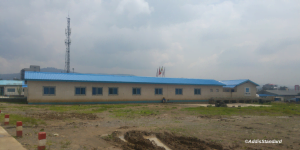 The dormitories for Chinese workers are by far better and safe
The dormitories for Chinese workers are by far better and safe
The story is different for the dormitories accommodating their Chinese co-workers; there, one dormitory hosts a maximum of four Chinese workers and is equipped with fire distinguishers and other safety equipment.
Following the fire accident, many of the dormitories where Ethiopian laborers lived were dismantled without replacements, forcing the laborers to live outside, but with no additional pay to compensate their housing expenses. Their Chinese colleagues were allowed to remain.
The salary of the employees at the construction site ranges from 80 -120 Birr (US$3-5) per day. Alemnew complains of labor exploitation and says Ethiopian laborers “work the same job [with their Chinese co-workers] every day,” but get paid “way too less.” Other laborers spoke of disputes and other trivial cases for which their salaries are often deducted as punishment.
The Ethiopian laborers are not also provided with construction safety equipment such as proper clothes, shoes and hand gloves. According to the nurse at Haya Hulet clinic, the clinic often treats laborers from the site for injuries both big and small sustained at their work places.
Chen, the project manager, denies that. According to him, the company provides all safety equipment except for “shoes”. The company pays 200 birr (about $US8.5) to each laborer to buy safety shoes for themselves, Chen claims. But many laborers deny receiving neither the money nor the safety shoes. “We only have helmets (and use to get a pair of gloves once a month) but it has been more than two months since we received the last pair of gloves,” said Alemnew.
Adey Abeba Stadium is the biggest stadium Ethiopia is building among a number of other stadiums both in Addis Abeba and in regional cities. Its design has been approved by FIFA standards. In January 2015, a deal was signed between Redwan Hussien, then Ethiopia’s Youths and Sport Minster and Song Sudong, Director of CSCEC, for the later to begin the construction of the stadium in two phases. The first phase of the construction is estimated to consume around 2.4b. Birr. When completed Adey Abeba Stadium is expected to hold up to 60,000 people. It will also contain other sport facilities such as basketball and volleyball fields as well as an Olympic size swimming pool.
CSCEC has done other big constructions in Ethiopia, including the new AU Headquarters, which was entirely funded by the Chinese government, and the 20-storey building for the headquarters of the National Oil Company (NOC). Currently it is also building the new 46-storey headquarters of the state owned Commercial Bank of Ethiopia (CBE). AS



